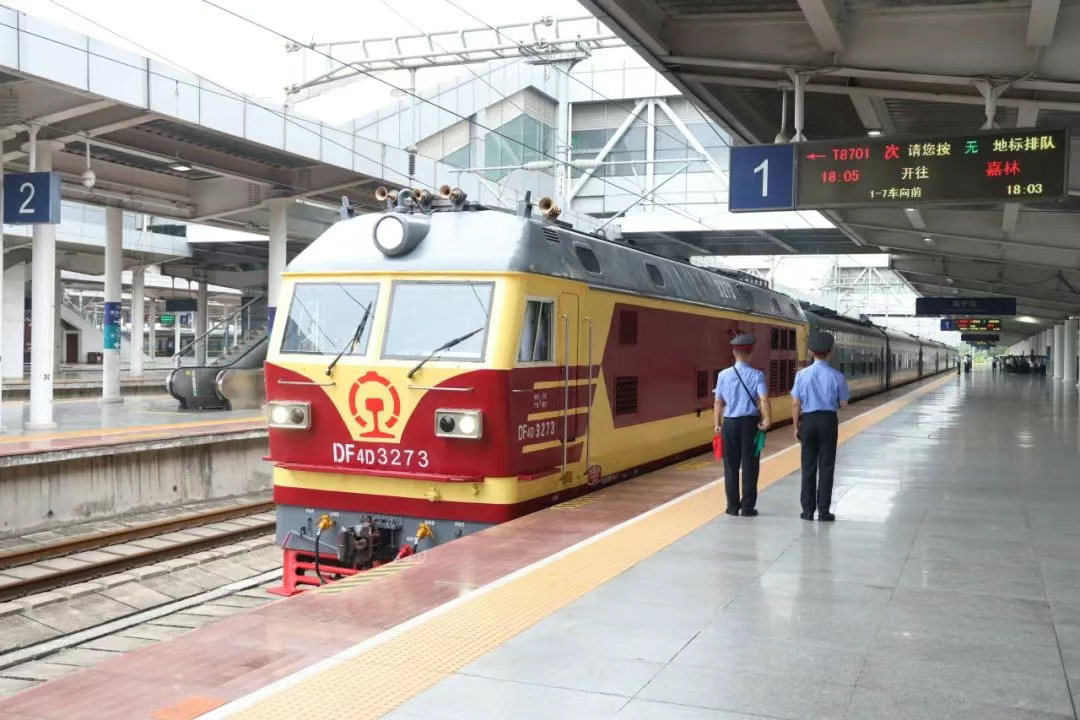China and Vietnam reopen railway line, plan a new US$ 8.3 billion railway project
After a five-year hiatus, passenger rail service between Hanoi and Nanning restarted yesterday. The two countries recently announced a new high-speed railway to Haiphong Port, part of joint plans to boost tourism and regional trade.
Hanoi (AsiaNews/Agencies) – After a five-year halt, passenger rail service between Vietnam and China resumed yesterday, a milestone in the revitalisation of economic relations.
Rail service between Hanoi and Nanning, a city in China’s Guangxi Zhuang Autonomous Region stopped in early 2020 due to the spread of COVID-19.
Trains can now depart daily from Hanoi at 9:20 am (arrival in Nanning at 10:06 am the next day) and from Nanning at 6:00 am (arrival in Hanoi at 5:30 am the next day).
Passengers will complete immigration and customs procedures at Đồng Đăng-Lạng Sơn (Vietnam) and Pingxiang-Guangxi (China).
The reopening of the line represents an important boost, especially for tourists from China visiting Vietnam.
To this end, the authorities of the two countries have refurbished the infrastructure, modernising railway stations to accommodate a greater volume of passengers and meet international standards.
But cooperation between Hanoi and Beijing will not stop there. The Vietnamese government recently announced plans to build a new high-speed railway at an estimated cost of US$ 8.3 billion to connect the border city of Lào Cai with Hanoi and the port city of Haiphong.
Once completed, the railway line will run for 391 km carrying both goods and passengers, with speeds of up to 160 km/h, Reuters reported.
Part of the financing is expected to come from Chinese loans, as part of Beijing’s Belt and Road Initiative, the mega infrastructure project it launched in 2013 to promote trade with Southeast Asia and other regions of the world.
In its 14th Five-Year Plan, China singled out cross-border rail corridors as a priority to stimulate regional growth.
Preliminary surveys are expected for the end of the month, while construction should begin in December this year and be completed by 2030.
These initiatives are part of Vietnam's strategic transport development plan for 2021-2030, aimed at reducing dependence on road transport and increase the efficiency of the country's rail system, still largely based on narrow-gauge lines dating back to the colonial period.







.png)










